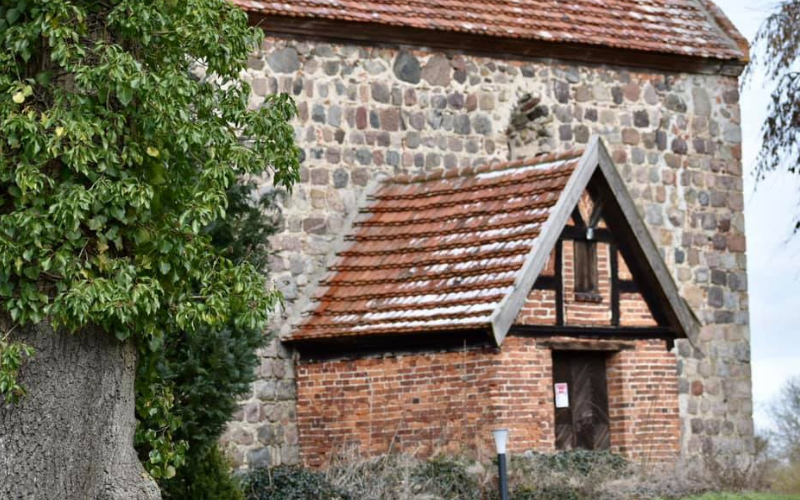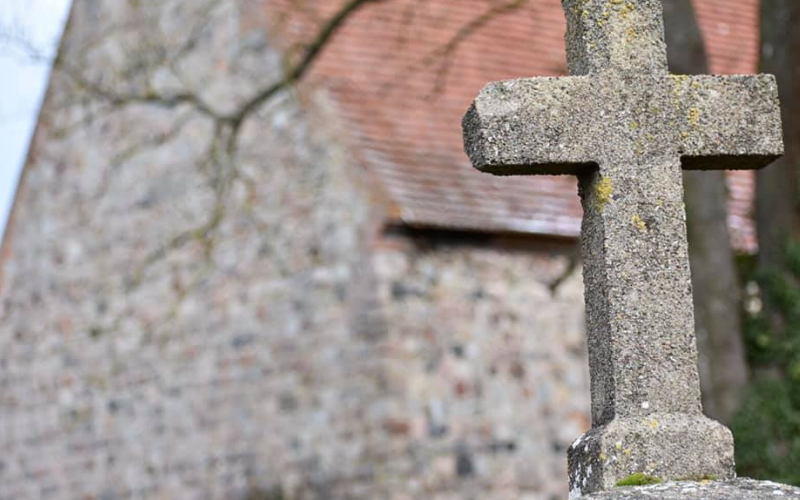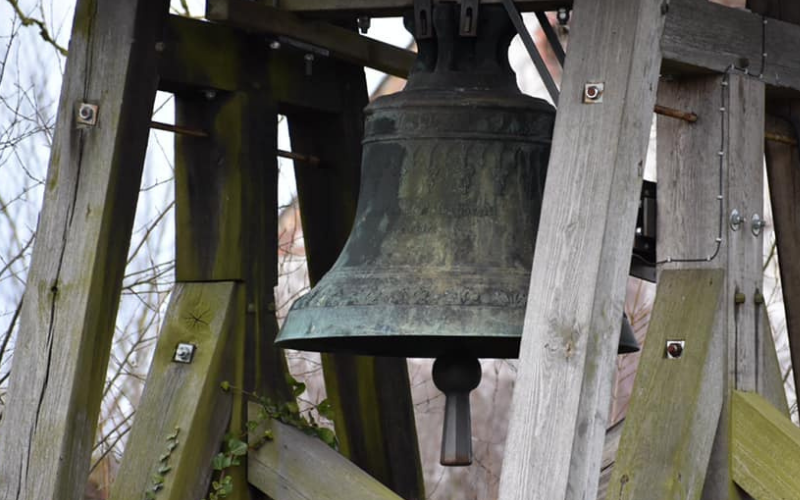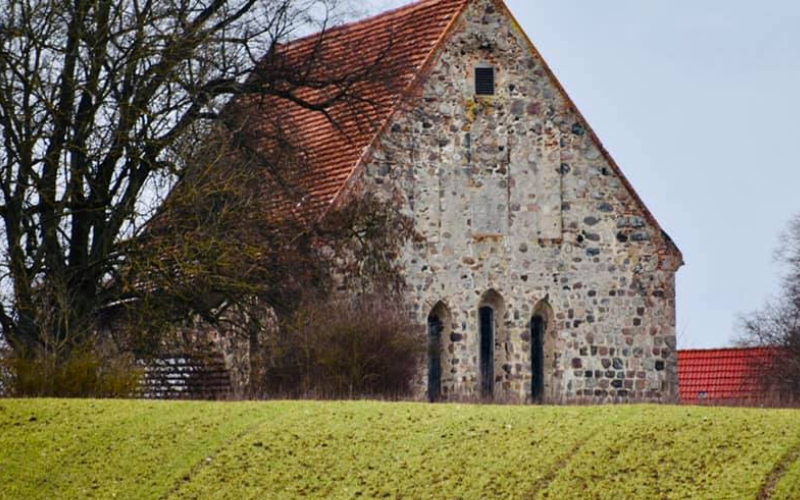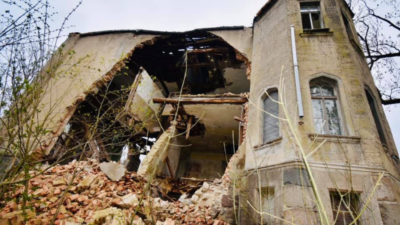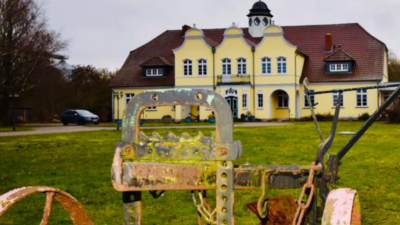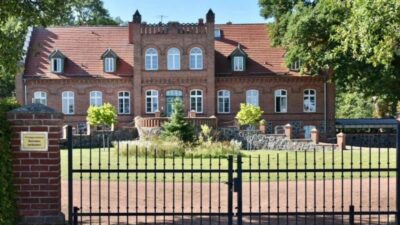Gutshaus Cantnitz (Cantnitz House)
From the former entrance gate once gets the first view of the house.
Cantnitz, Feldberger Seenlandschaft, Deutschland
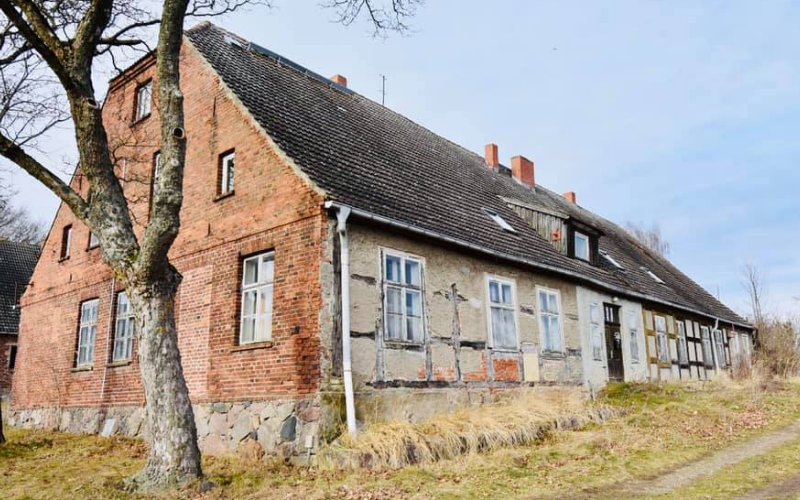
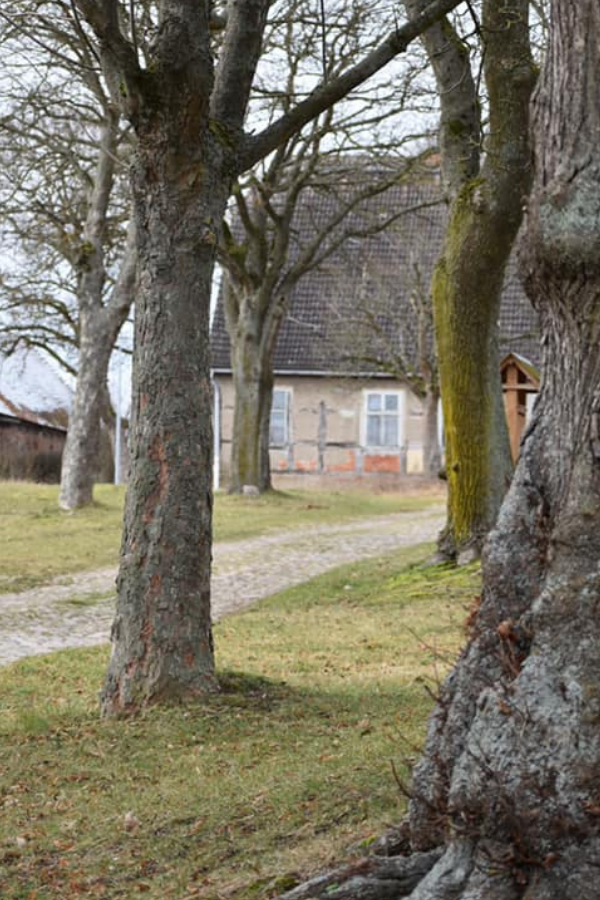
Passing the lake, we come to the idyllic village of Cantnitz.
The name is of Slavic origin and can be loosely translated as “remote corner”. First mentioned in 1382, the later government estate was only worked by temporary tenants or farmers without their own land. The first landowner became Klaus von Oertzen in 1385. In the 18th century, the estate became a ducal domain until it was sold off to Nazi functionary Martin Bormann in 1943 to house the “Güterverwaltung Nord” and the “Verwaltung Obersalzberg” (administration north anD Obersalzberg), an agricultural and economical plan to supply Hitler and Nazi Germany.
The entrance to the estate lies left to the village pond, framed by two gate posts.
From the former entrance gate once gets the first view of the house.
On the northern side of the village you come across a stone church dating back to the 13th century. The narrow windows and walls up to a thickness of 1.1 metres attest to the double use of the early gothic single naved building as a fortified church and a place of worship. The Grünwald organ from 1909 is unfortunately no longer playable. The churchyard sports a free-standing bell that works with electricity.

